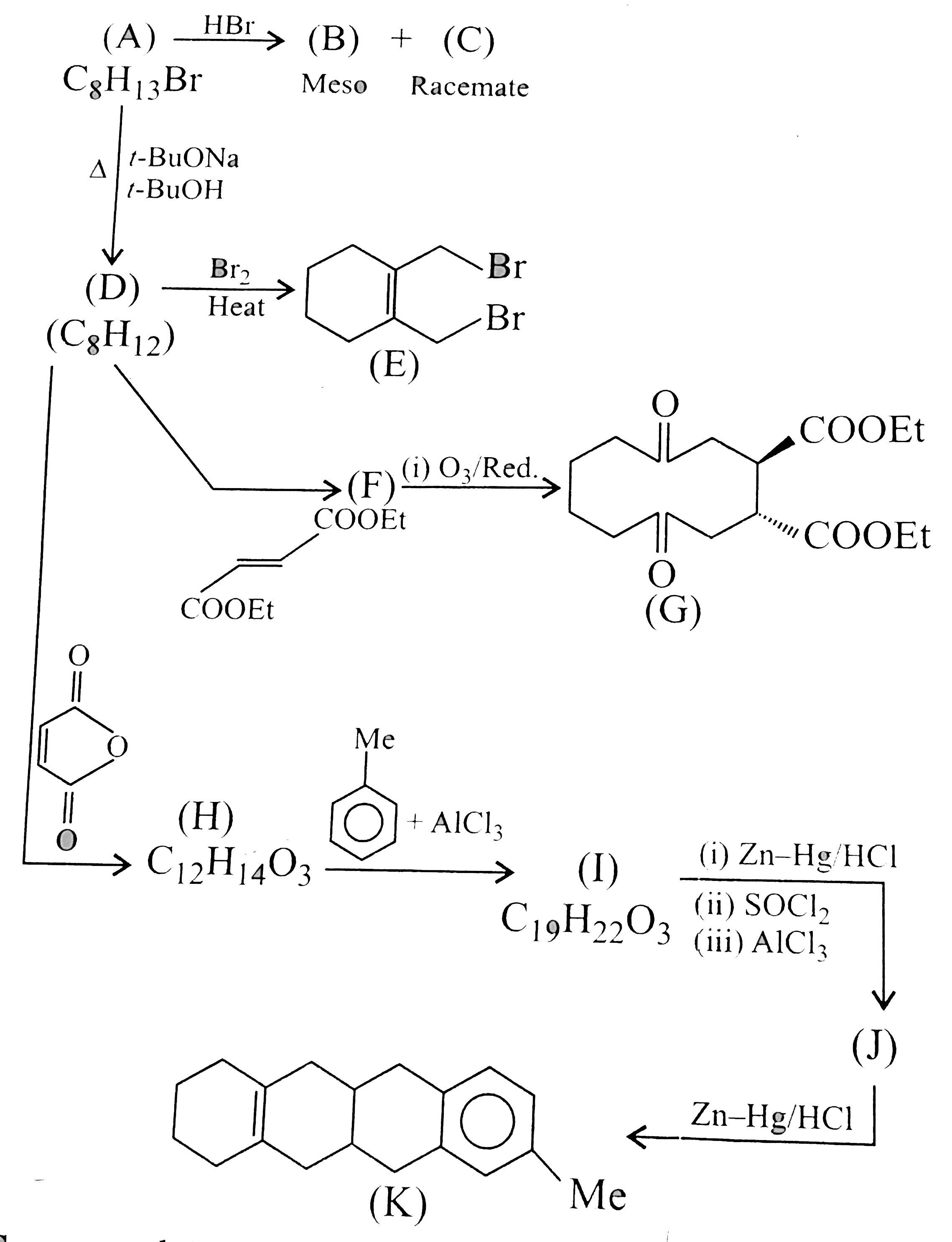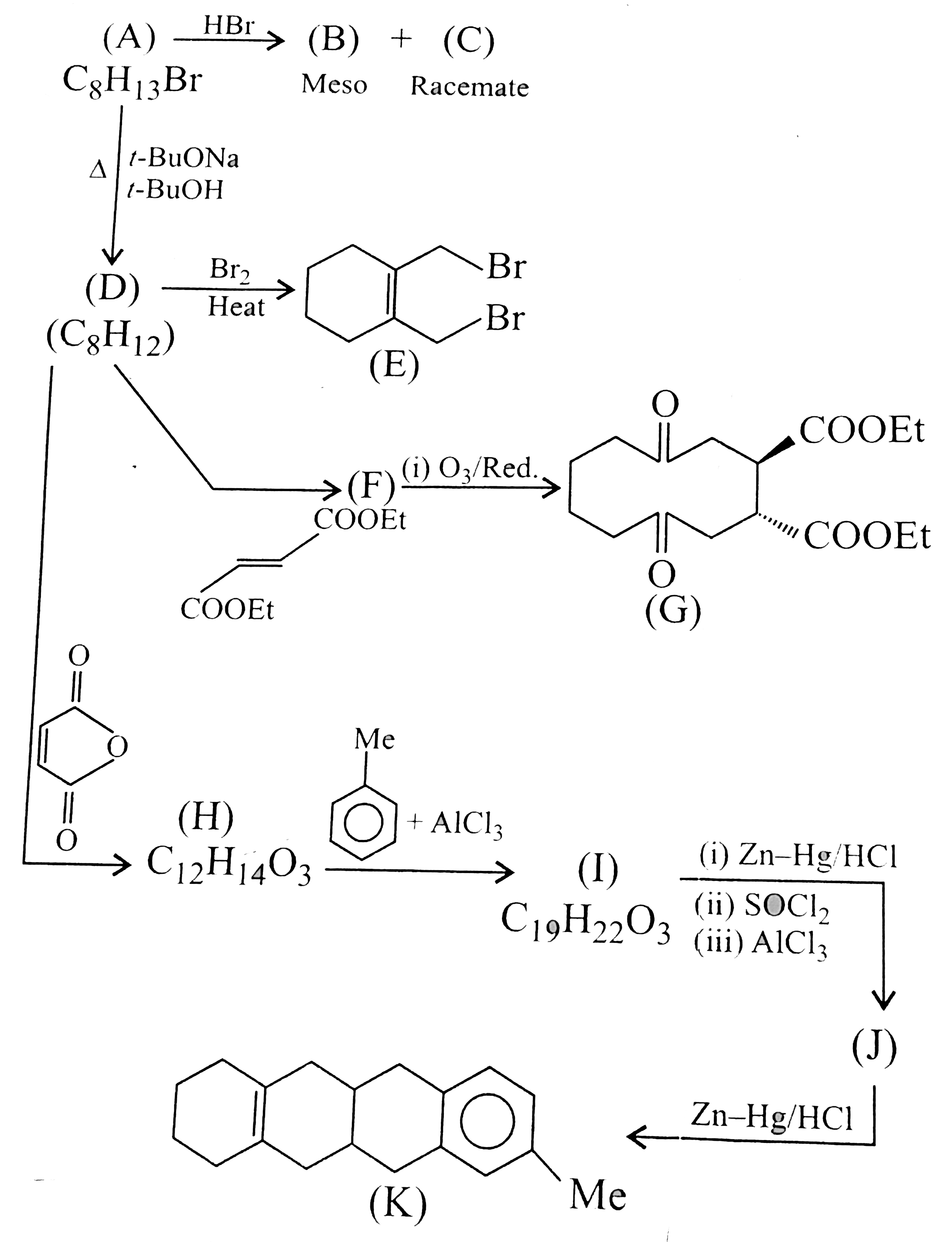Find the total number of ways of answering five objective type questions, each question having four choices
Step by step video & image solution for Find the total number of ways of answering five objective type questions, each question having four choices by Maths experts to help you in doubts & scoring excellent marks in Class 11 exams.
Updated on:21/07/2023Similar Questions
Knowledge Check
There are six multiple - choice questions in an examination. Find the total number of ways of answering these questions, if the first three questions have 5 choices each and the next three have 4 choices each.
A(5×5×5×4×4×4)B(5×4×3×4×3×2)C(5×5×5×5×5×5)D(4×4×4×4×4×4)In objective type questions _____ choice is provided
AlimitedBminimumCmultipleDnoIn objective type questions . . . choice is provided
AlimitedBminimumCmultipleDno
In an examination, there are three multiple choice questions and each question has four choices. Number of ways in which a student can fail to get all answers correct, is
View SolutionThis section contains 11 pragraphs, Based on each paragraph, four to nine mutilple choice questions have to be answered. Each question has four mutiple chaoices questions have to be answered. Each question has four mutiple choices (a),(b),(c) and (d) out of which only one is correct or wrong.
Paragraph for Problems 1−8

Compound (A) is:
View SolutionThis section contains 11 pragraphs, Based on each paragraph, four to nine mutilple choice questions have to be answered. Each question has four mutiple chaoices questions have to be answered. Each question has four mutiple choices (a),(b),(c) and (d) out of which only one is correct or wrong.
Paragraph for Problems 1−8

Compound (H) is:
View SolutionThe ratio of the total amount distributed in all the males and females as salary is 6: 5. The ratio of the salary of each male and female is 2: 3. Find the ratio of the no. of males and females.
View SolutionIn what time Rs. 6000 will give interest of Rs. 720 at the rate of 6% p.a. S.I.?
View Solution
